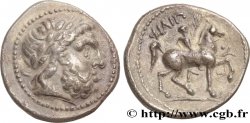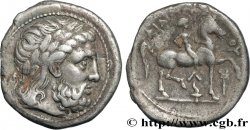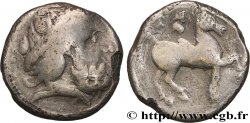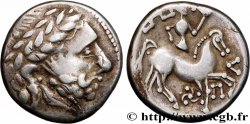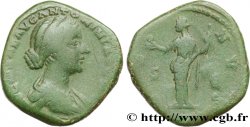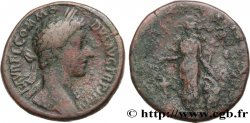bga_896275 - DANUBIAN CELTS - IMITATIONS OF THE TETRADRACHMS OF PHILIP II AND HIS SUCCESSORS Quinaire à l’archer debout
700.00 €(Approx. 819.00$ | 609.00£)
Quantity
Add to your cart

Type : Quinaire à l’archer debout
Date: c. IIe-Ier siècles AC.
Metal : silver
Diameter : 15 mm
Orientation dies : 10 h.
Weight : 1,30 g.
Rarity : R3
Coments on the condition:
Belle monnaie sur un flan mince bien centré, légèrement scyphate. De beaux reliefs. Patine grise
Obverse
Obverse legend : ANÉPIGRAPHE.
Obverse description : Tête barbare, à gauche.
Reverse
Reverse legend : ANÉPIGRAPHE.
Reverse description : Personnage debout de face, tenant un arc.
Commentary
Ce type semble manquer à tous les ouvrages sur les Celtes du Danube. Le revers avec un archer est vraiment inhabituel, très similaire à celui de l’exemplaire bga_218911.
This type seems to be missing from all works on the Danube Celts. The reverse with an archer is really unusual, very similar to that of the copy bga_218911
This type seems to be missing from all works on the Danube Celts. The reverse with an archer is really unusual, very similar to that of the copy bga_218911







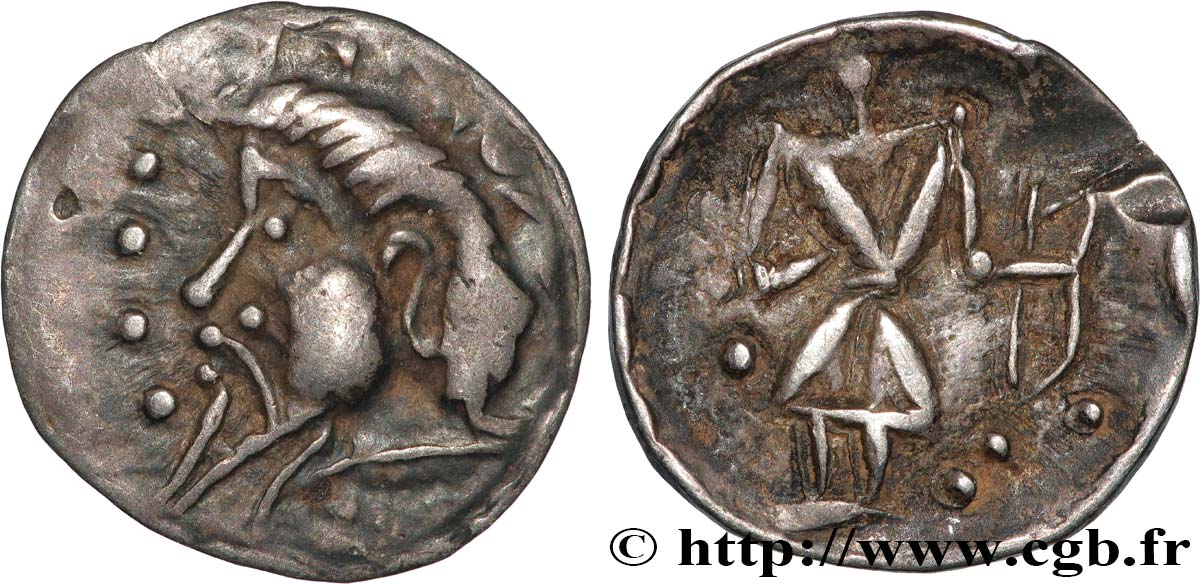
 Report a mistake
Report a mistake Print the page
Print the page Share my selection
Share my selection Ask a question
Ask a question Consign / sell
Consign / sell
 Full data
Full data